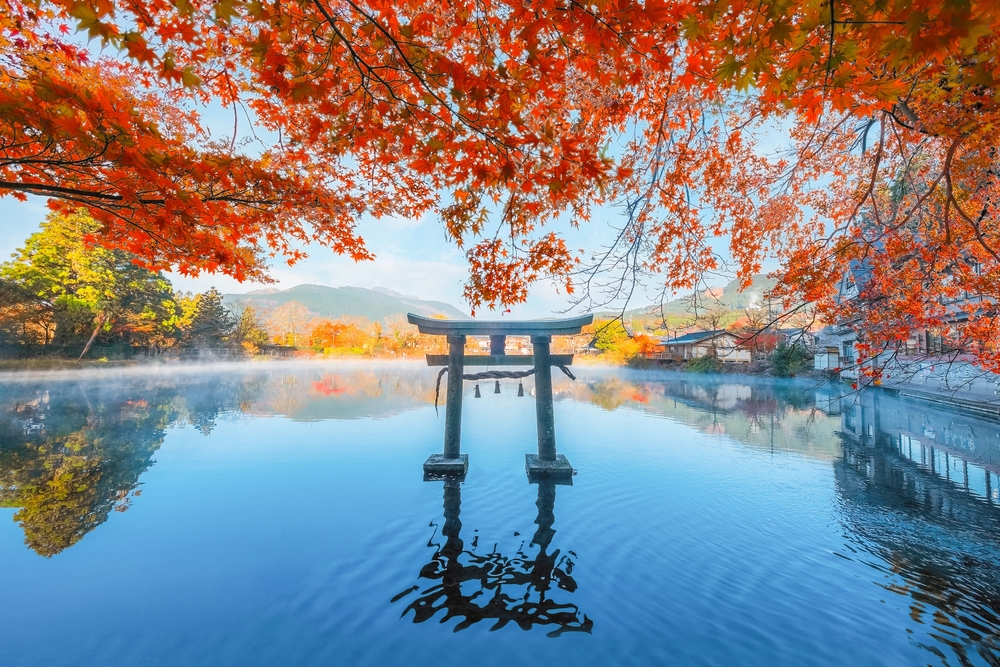For travellers venturing beyond Japan’s well-trodden paths of Tokyo and Kyoto, Northern Kyushu offers an enchanting blend of history, culture, and natural wonders. This eight-day itinerary, centered around the vibrant city of Fukuoka, provides an perfect introduction to the region’s diverse attractions.
Kyushu’s Largest City — Fukuoka
Fukuoka, Kyushu’s largest city, serves as an ideal hub for exploring the region’s treasures. It is well-connected with international airport and extensive rail network that makes it convenient to explore around the region.
Getting to Fukuoka:
- Singapore Airlines: They have non-stop flights with an average flight time of 5 hours and 55 minutes.
Best Times to Visit
Enjoy Northern Kyushu in spring (March-May) and autumn (October-November), when you’ll find pleasant temperatures and breathtaking scenery. Cherry blossoms typically grace the region from late March to early April, while vibrant autumn foliage reaches its peak in November. For warm and humid weather, summer (June-August) is perfect, meaning you can pack light and enjoy the city’s lively fireworks festivals.
Begin your journey in Fukuoka itself, where ancient and modern Japan seamlessly intertwine.
Day 1 to 3: Exploring Kyushu’s Largest City — Fukuoka
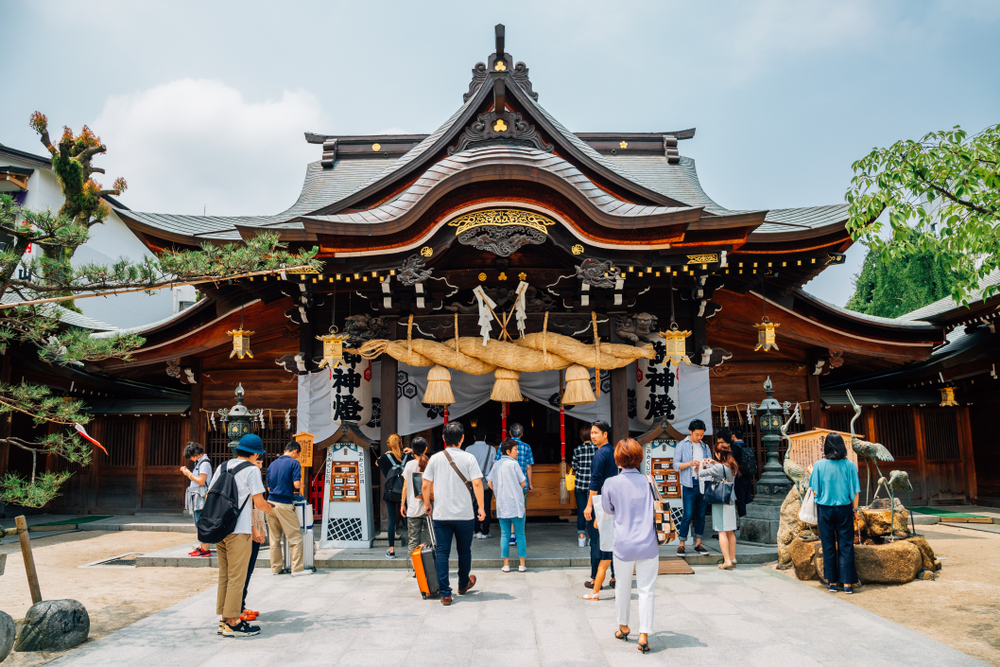
Start at the historic Kushida-jinja Shrine, then stroll through the peaceful Ohori Park, a green oasis in the heart of the city. The afternoon calls for exploring the futuristic Canal City Hakata complex and ascending Fukuoka Tower for panoramic city views.
We recommend staying at The Royal Park Hotel Fukuoka located near the JR Hakata Station.

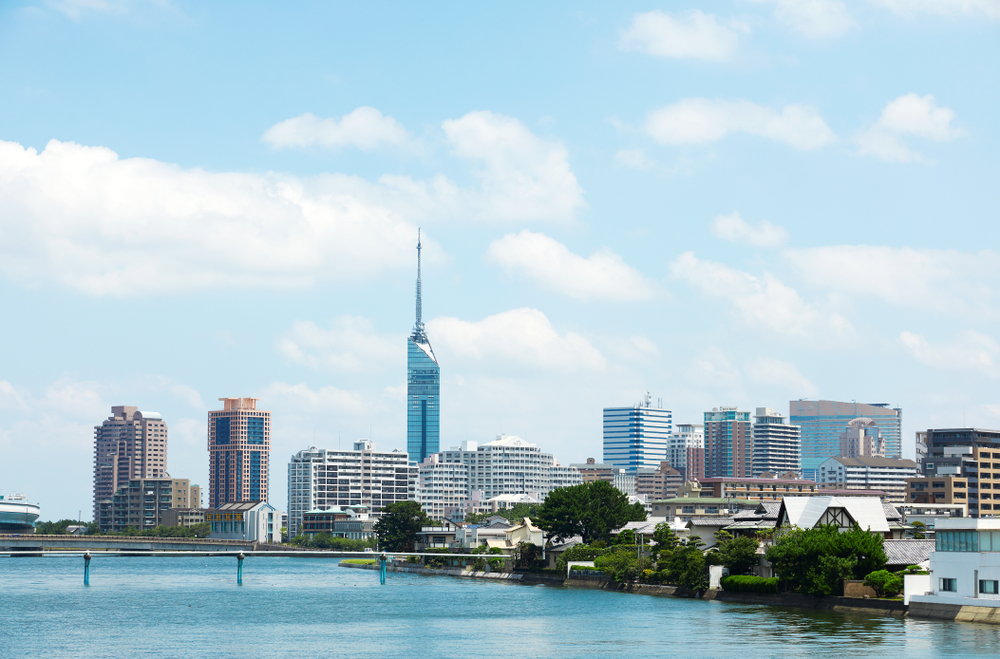
Fukuoka serves up some of Japan’s most soul-warming dishes, don’t leave without trying these!
- Slurp the famous Hakata ramen, characterized by its rich pork bone broth
- Sample Motsunabe, a hearty hot pot dish
- Browse fresh seafood at Yanagibashi Market, known as “Fukuoka’s Kitchen”
If you are looking to escape the city bustle, take a ferry to Nokonoshima Island, where seasonal flower gardens offer stunning photo opportunities against the backdrop of Hakata Bay.
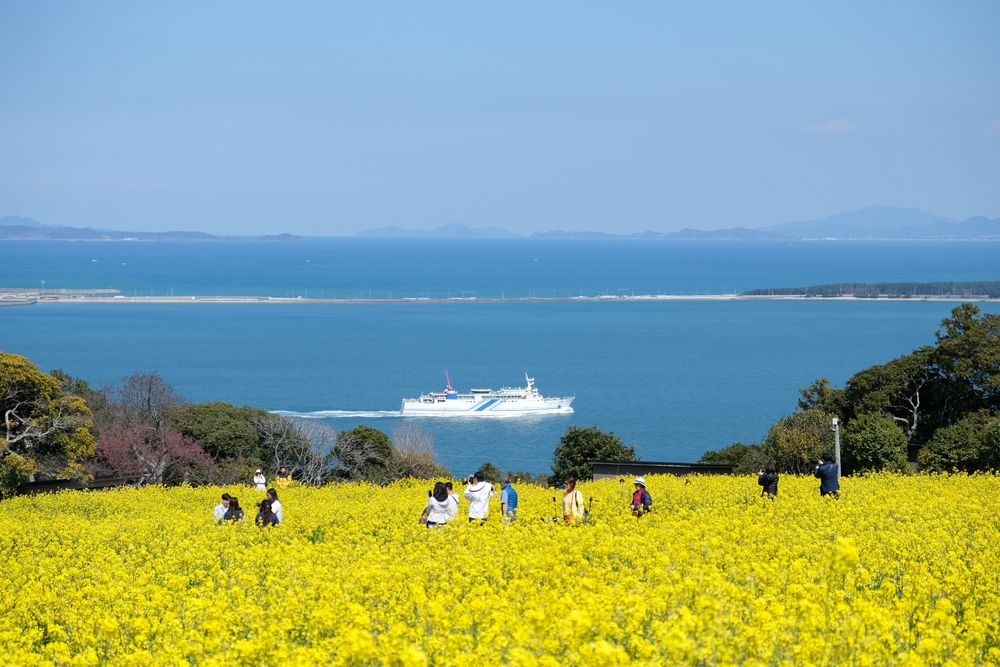
Day 4: Nagasaki’s Poignant History
A two-hour train journey from Fukuoka will transport you to Nagasaki, a city steeped in history. The Peace Park and Atomic Bomb Museum offer a poignant reflection on the city’s past and the devastating impact of the atomic bomb.
Don’t miss Dejima, a fascinating fan-shaped island in Nagasaki Bay. For over two centuries, this unique trading post was Japan’s sole gateway to the Western world. Explore the meticulously restored residences, warehouses, and other structures that bring to life the daily routines and interactions of the Dutch traders who resided there during the Edo period.
Conclude your day at Japan’s oldest Chinatown—Nagasaki Shinchi Chinatown and treat yourself to a satisfying bowl of Champon, a Nagasaki’s staple that blends Chinese and Japanese flavours in a hearty noodle soup.
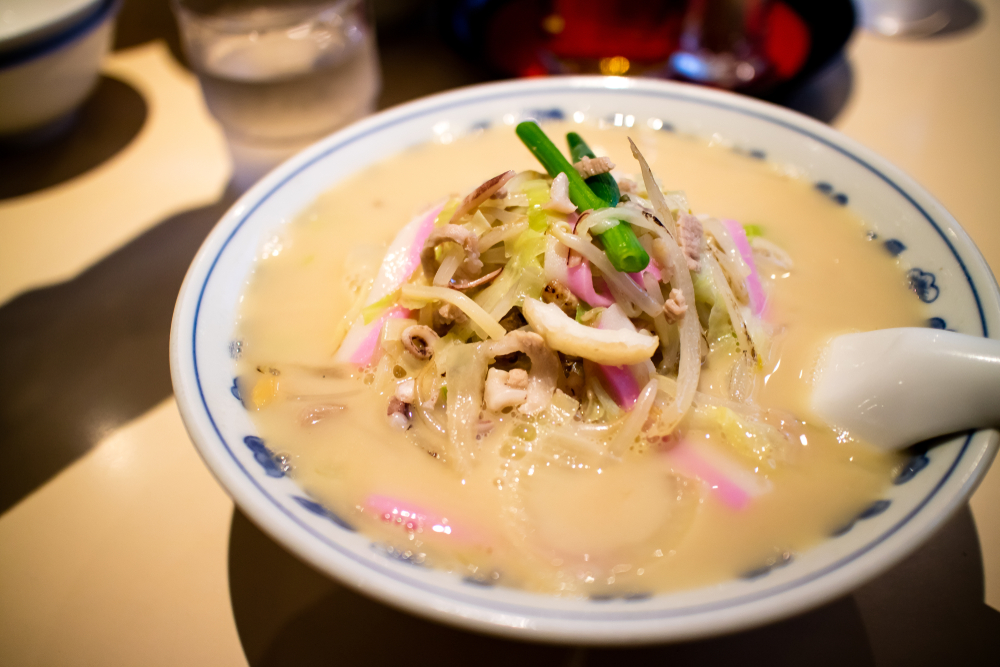
Day 5: Kumamoto’s Samurai Legacy
Hop on a train from Fukuoka and within an hour you’ll find yourself in Kumamoto ready to explore its historical treasures.
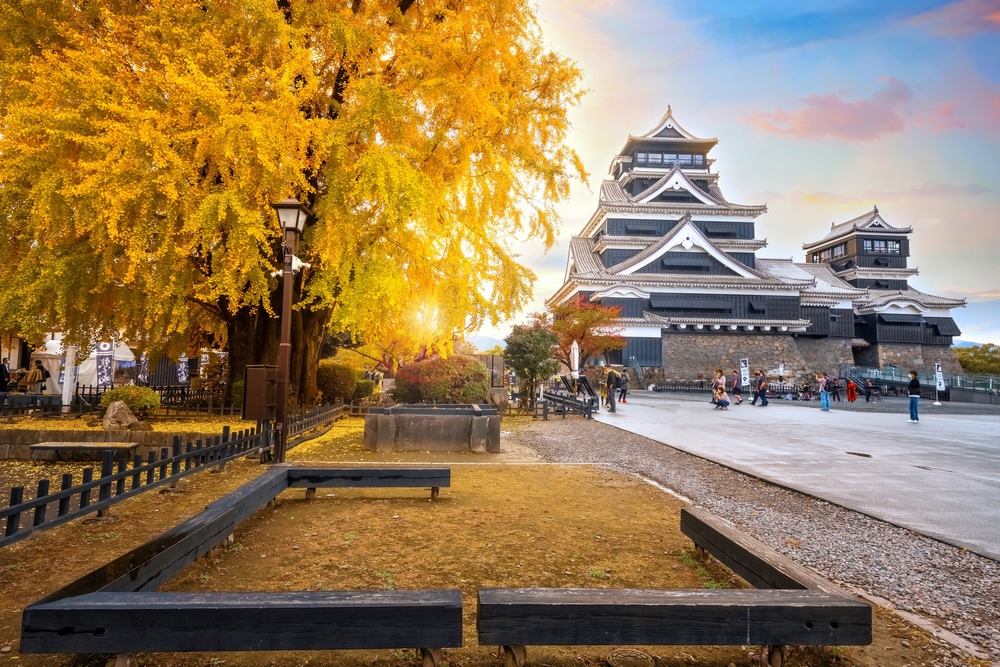
Marvel at the imposing Kumamoto Castle, rebuilt with remarkable precision after enduring centuries of conflict. After exploring the castle grounds, find tranquility in Suizenji Jojuen Garden, a masterpiece of traditional Japanese landscaping.
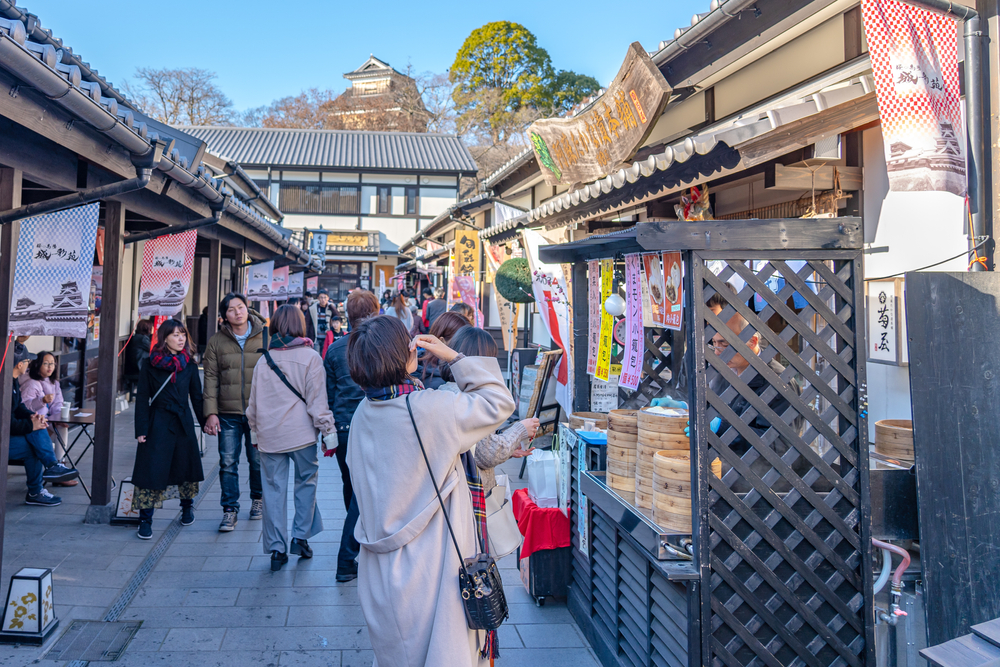
For a taste of old-world charm, stroll through the Sakura-no-Baba Johsaien castle town, where you can discover artisan crafts and savour the flavours of Kumamoto’s culinary heritage.
Day 6 and 7: Onsen Paradise in Beppu and Yufuin
No trip to northern Kyushu is complete without experiencing its renowned onsen towns.

Witness nature’s creativity at Beppu’s famous “hells” – a series of uniquely coloured hot springs. Then retreat to the artistic town of Yufuin, where traditional ryokan (Japanese inns) offer the perfect setting for your first onsen experience.

Spend at least two nights in either town, unwinding in soothing hot springs and soaking up the tranquil atmosphere.
Day 8: Cultural Finale in Dazaifu
Dazaifu is where many Japanese students come to pray for academic success. Join the tradition by writing your own wish on an ema (wooden plaque) at the shrine. They say wishes made here have an especially good chance of coming true!
As you wind down your Northern Kyushu adventure in this historic town, there are some experiences that simply shouldn’t be missed:

The centuries-old pathway (Tenjin-sama street) leading to Dazaifu Tenmangu Shrine is lined with traditional shops serving umegae mochi – grilled rice cakes filled with sweet red bean paste and stamped with a plum blossom motif. These warm, crispy-soft treats are made fresh before your eyes at Kasanoya (operating since 1873) and are considered the shrine’s official good luck charm.
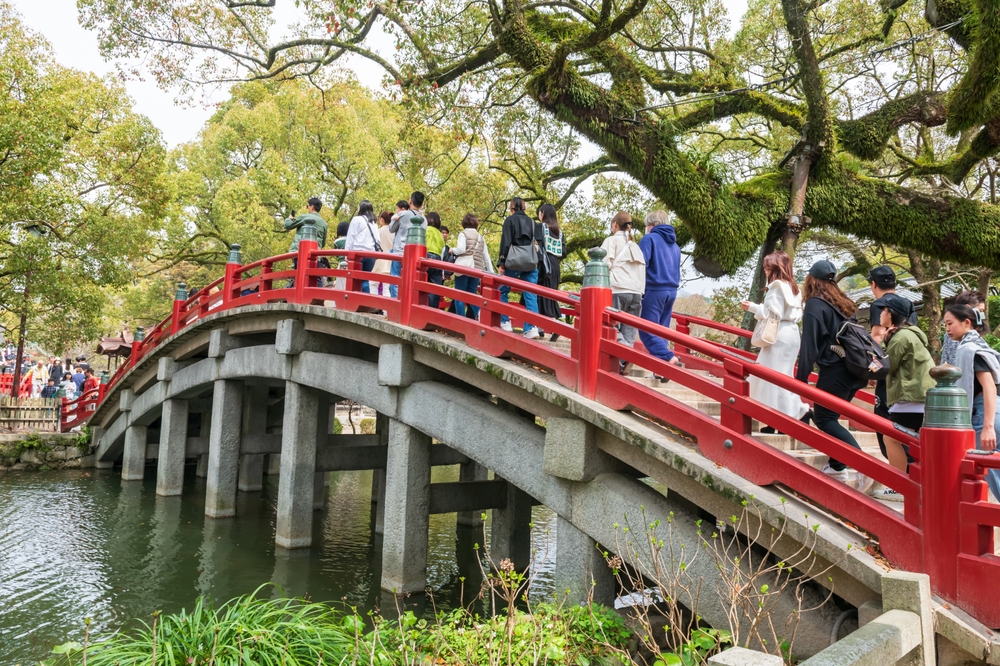
The iconic Taiko bridge of Dazaifu Tenmangu is one of Kyushu’s most photographed spots, but locals know the best photos are taken from the lesser-known side path near the koi pond.
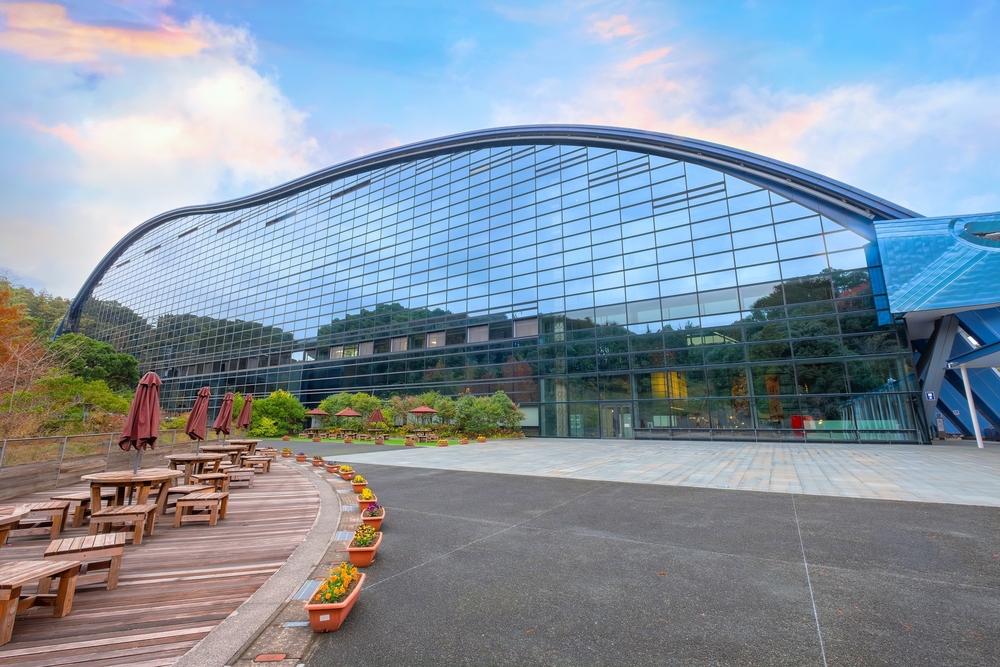
Set aside at least two hours for the Kyushu National Museum, but don’t rush past the building itself – it’s an architectural marvel designed by Kiyonori Kikutake. The museum’s top floor café offers panoramic views of the surrounding mountains, making it the perfect spot for a short respite.
Before you go…
To make the most of your Kyushu journey, explore your transportation options. The Japan Rail Pass provides unlimited travel on JR trains, offering speed and efficiency for navigating between major cities. Alternatively, the SUNQ Pass unlocks a world of bus routes, giving you the freedom to explore Kyushu at your own pace and discover charming towns and villages off the beaten path. Choose the pass that aligns with your travel style and embark on an exciting Kyushu adventure!
Book your ChangiWiFi now and get a free day of rental with promo code AUTWIFI5 (min. 5 days rental). As a bonus, you’ll also unlock exclusive discount codes for popular attractions like Universal Studios Japan and JR Passes. This offer is valid for bookings made by 30 Sep 2025 for travel until 31 Oct 2025. Don’t miss out!

